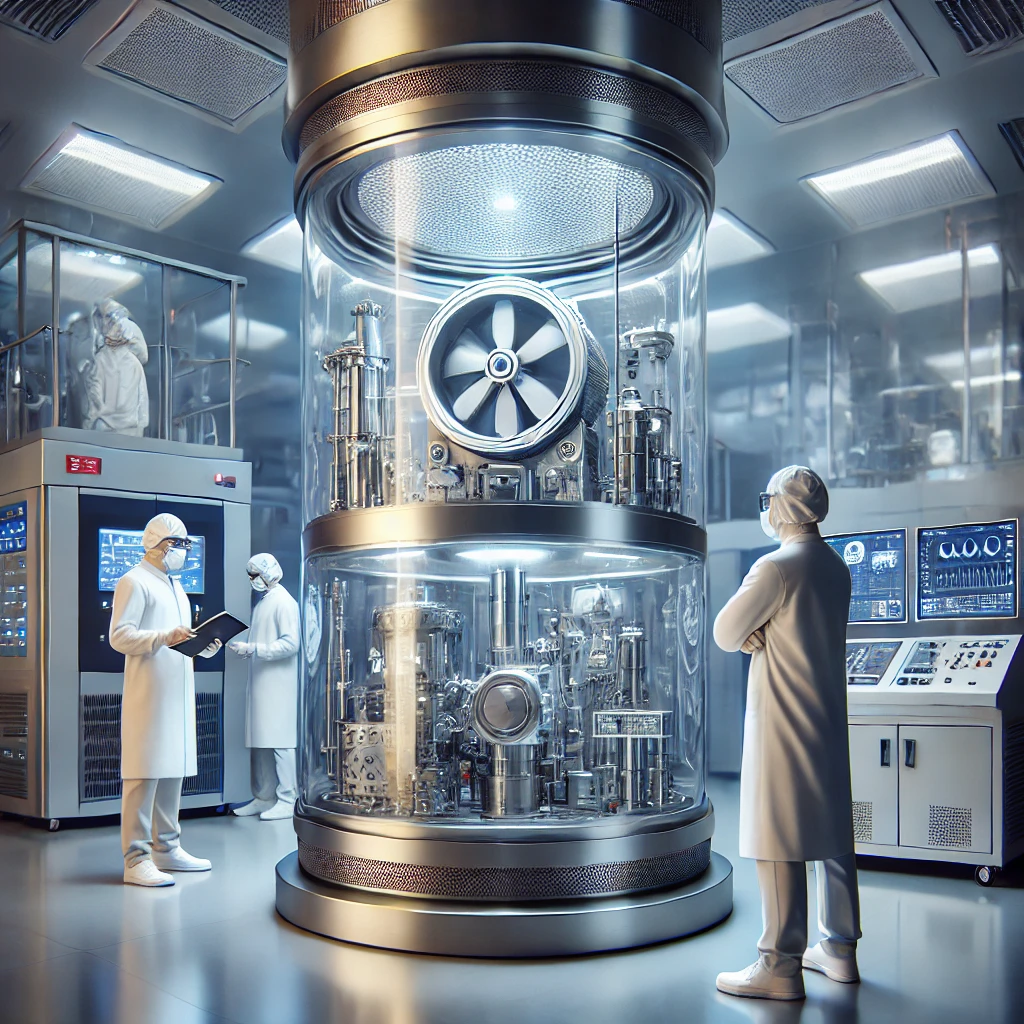Vacuum testing is a critical procedure present in various industries, from aerospace to electronics manufacturing. It ensures the reliability of hardware systems (components) operating in vacuum environments, or that have to be hermetic sealed. In this article, we talk about what vacuum testing is used for and the relevance of producing correct outcomes.
What is Vacuum Testing?
Va test: Vacuum testing; from a leak detection standpoint, put the system or component into vacuum and measure pressure change. The leaking condition can be determined from this pressure rise, which indicates that air (or other gas) is entering or exiting the system under vacuum. These are to be used for the test on those assemblies which have to hold vacuum or has t operate under low pressure.
Vacuum Testing Uses
Aerospace Industry
Aerospace Industry, where Spacecraft, Satellites and other components has to operate in vacuum of space they have been tested for their function by performing means Vacuum Testing. Preserving mission success in large part depends on the integrity of most components; one leak over a tiny scale could end blasting up like an accident.
Electronics Manufacturing
This is also vital in the electronics manufacturing industry, particularly semiconductors and sensors ( vacuum testing). A hermetic sealing that secures the external environment with all contaminating disturbances like water, dust or particle emissions effects one of major impacts on performance behaviour — such as conductivity current flowing in semiconductors.
Medical Devices
Medical devices like pacemakers and implantsThese are things that will literally kill a patient if they don’t work, so have to be perfect while sealed into our body 🙂 Vacuum testing on them has to be extremely precise. The patients can be exposed to consequences that are dire, should the device fail and for this reason vacuum testing is very essential.you can also read this
https://vacuuminsights.com/2024/08/26/the-art-of-vacuuming-mastering-cleanliness-in-every-corner/
Automotive Industry
In the automotive industry vacuum testing is used to test for things like fuel systems, airbags or other critical components. These systems, if they ever develop leaks can effect the dynamics of your vehicle.
Methods of Vacuum Testing
There are several methods employed in vacuum testing, each of which is suitable for varying sensitivities and application types.
Helium Leak Detection
By the gas tracers, then in — helium. One approach is to fill the system with helium then monitor an escapee gas by way of a mass spectrometer. Yes, this method is very much sensitive to detect the even small leaks.
Pressure Decay Test
How the process of this also works — system charged, evacuated Then, it is usually checked using a small pressure gauge installed in the control input as shown below at specified intervals to monitor possible off-gas leaks. It is easier than helium leak detection but less sensitive.
Vacuum Box Testing
This process is used primarily in the construction or repair of tanks, piping and other large structures. A vacuum box covers the inspection area and when liquid is applied to surface bubbles are formed that provide an indication of a leaking condition.
Bubble Test
This is an inexpensive and visual method that involves the injection of a liquid solution onto the surface of the evacuated item. Compound leaks from the system (usually caused by a leak) and bubbles will form in the liquid.
Benefits of Vacuum Testing
Repeatability: Robots vacuum testing is very repeatable and necessary in applications where safety and performance are critical.
Ultrasonic-leak and helium attachment techniques for ultrahigh sensitivity, Helium leak detection ( capable of detecting a single 1 × 10–6 mbar · l/s leaking; in combinations that got nothing past even the best-armored ships by turning their lack on different losing test methodologies.
4 -Multipurpose: Its application in many industries that use a wide range of components has made it one of the least selective or choosy tools regarding quality assurance.
Conclusion
What is the Vacuum Testing for :Importance of vacuum testing on parts or equipments used by industries It helps in preventing system failure, systems not to perform sub-standard and most importantly vacuum testing is required for every critical components from spacecrafts/medical devices. As technology continues to flourish, we can anticipate that these procedures and tools enhanced in vacuum testing may one day become instrumental within engineering.
